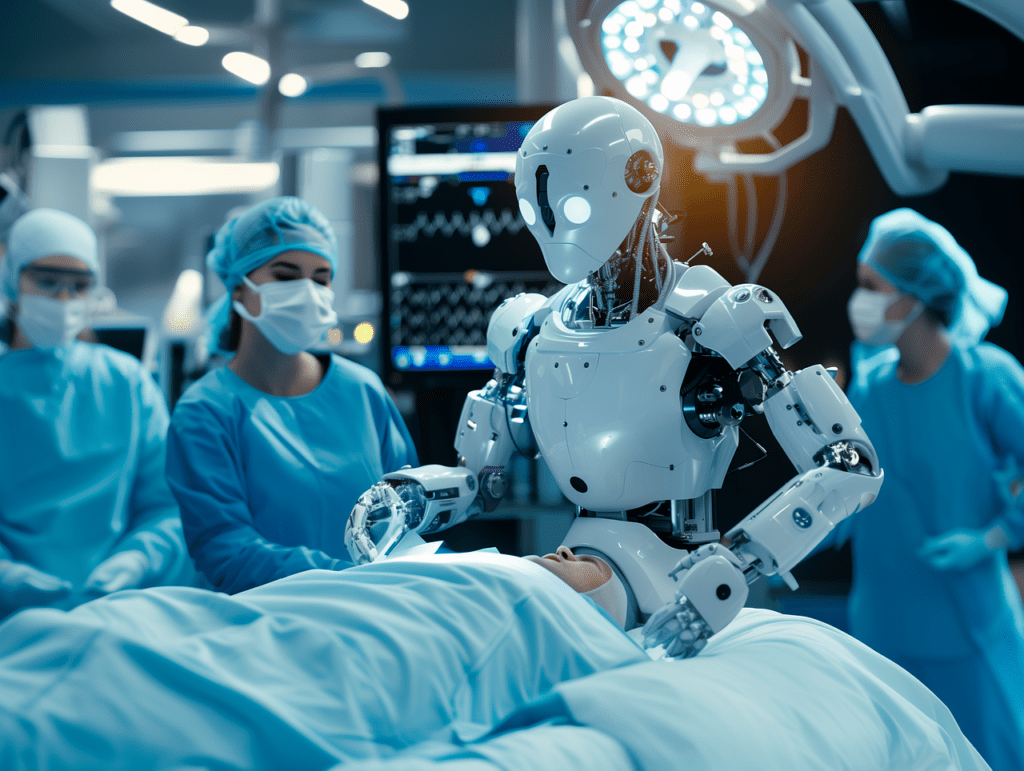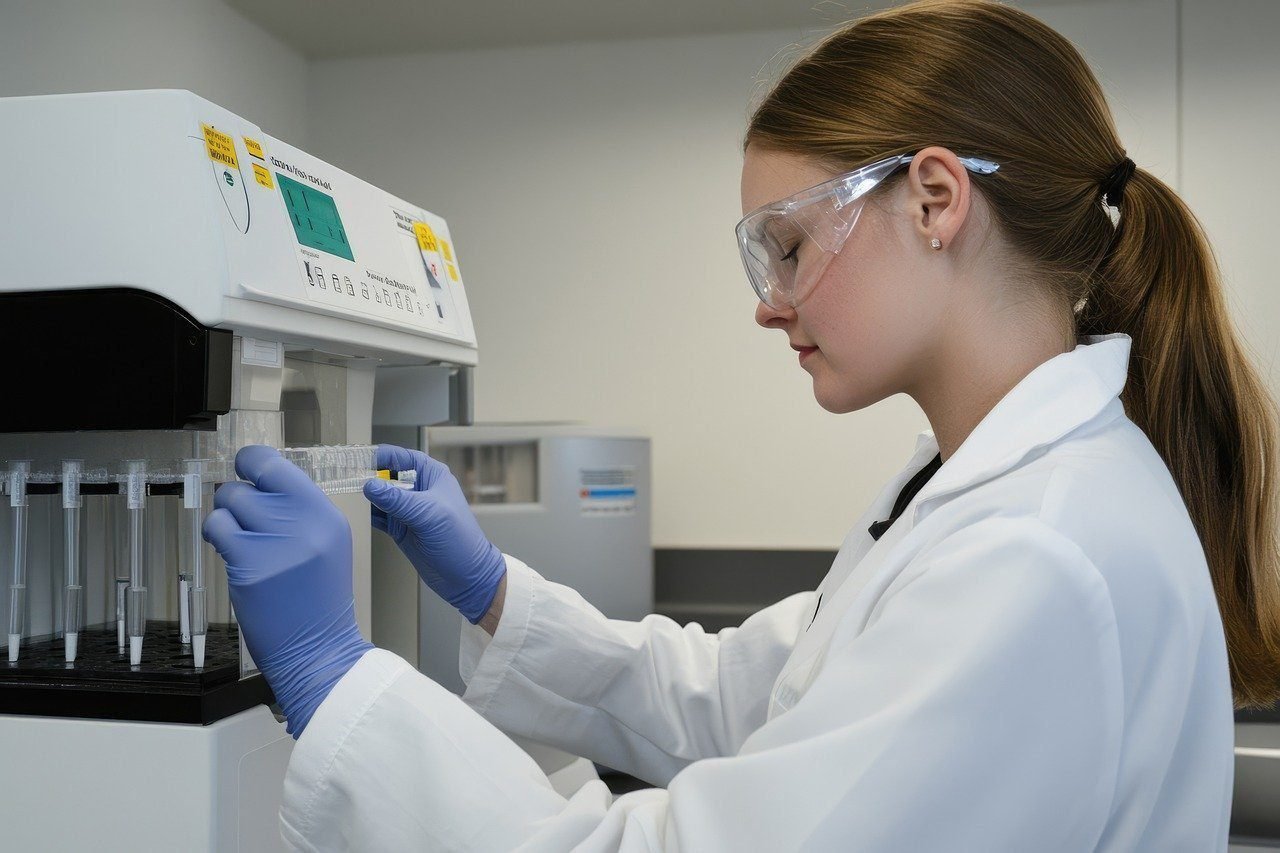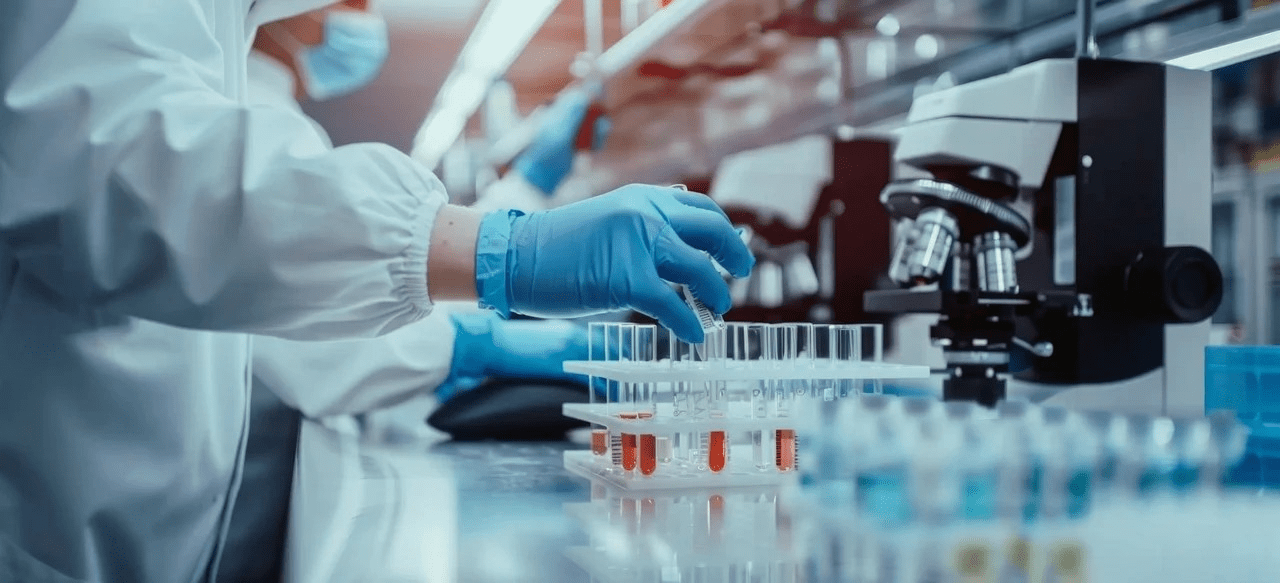EMERGING TRENDS AND INNOVATIONS IN MEDICAL DEVICES
The medical device industry is on the cusp of a technological revolution, changing to improve and adapt to meet present-day healthcare requirements. During the rest of the 21st century, several changes are happening in some newer trends and new innovations are likely to change how medical devices are invented, produced and used. These innovations ensure better care of the patient, increased accuracy in diagnosis and a more efficient delivery of healthcare. This blog discusses some of the exciting changes and advances in the medical devices nowadays.
1. Artificial Intelligence & Machine Learning
The influence of Artificial Intelligence (AI) and Machine Learning (ML) is changing the medical device world. Thanks to them devices can process big data fast and accurate, giving health perspectives for healthcare professionals. AI-created diagnosis equipment; like this AI in x-ray or MRI imaging system( source); can actually use some help!
As Dr. Eric Topol; leading cardiologist and digital health proponent says, “AI has the potential to revolutionize the way we diagnose disease and interpret medical images…. earlier and more accurate diagnoses” In addition, by means of learning algorithms, patient outcomes can also be predicted, the plans of treatment can be individualized and they will even help guide real-time their surgical procedures using immersive virtual reality simulations.
2. Wearable Health Technology
Five years ago wearables reached the top of the hype cycle as a seamless beneficiary 3 when the first Fitbit was launched, setting a trend that would continue for some time to come. This kit monitors human body health signs like heart beat, blood pressure, SPO2 all the time. They then use the information to monitor glucose for diabetic patients or alert users about irregular heart rhythms, among other things. Wasserstein, along with a New York cardiologist he works with said the real-time data fills critical gaps and would enable proactive care by patients and doctors – helping trim hospital readmission and re-admittance numbers.
Wearable health technologies have tremendous potential to improve patient monitoring and chronic disease management and as a result, improve patient outcomes and decrease costs…Medical Internet Research
3. Telemedicine and Remote Care
While the COVID-19 pandemic has accelerated the rise of telemedicine, its value goes beyond emergency response. Home diagnostic devices include portable monitoring tools, telemonitoring systems and digital stethoscopes. They allow healthcare providers to provide good quality medical assistance wherever the patient is located. Telemedicine is especially good for: treating chronic conditions, post-op checkups and obtaining the services of certain specialists in underserved areas.
As stated in a report in The Lancet Digital Health, “Telemedicine could transform the delivery of healthcare by improving its reach and efficiency, particularly for patients in remote or underserved areas”.
4. Personalization in 3D Printing on the Rise
3D printing technology is changing the way medical devices are created by making possible the development of custom-engineered, point-of-care products 3D printing makes it possible for prosthetics and orthopedic implants, but also dental devices and surgical instruments, to be custom-fit on a per-patient basis. This game-changing technology enables higher patient outcomes while simultaneously enabling lower production costs and speed to market. In my opinion this is what I call the StarTrek Energizer Fix: In brief it allows for personalized medicine so we can make sure that treatments or devices are tailored to more unique characteristics such as the anatomical and physiological shape of each specific patient.
5. Robotic and Minimally Invasive Surgery
With its many benefits such as shorter recovery time, reduced risk of infection and less post-operative pain, minimally invasive surgery has risen in popularity and is now considered the gold standard for many types of procedures. The field of minimally invasive surgery is being refined to perfecting its merits with the introduction of robotic surgeries. These systems give surgeons greater precision, flexibility and control during surgery. Such systems can conduct intricate surgeries through small cuts, hence advancing improved patient results and decreased time of stay in the health facility.
6. Internet of Medical Things (IoMT)
This interconnected network of medical devices that communicate and exchange data is then referred to as The Internet of Medical Things (IoMT). Examples of IoMT devices are intelligent sensors, wearables and connected imaging machines. The data collected is transmitted to the cloud, where it can be stored, processed, and analyzed; thus health data are tracked electronically and sent to digital health-monitoring systems hosted by a web-based platform, such as electronic health records (EHRs), that store the information. The IoMT drives clinical decision-making, patient monitoring and predictive maintenance for medical equipment.
7. Biotechnology, Regenerative Medicine
This era is being cautioned from biotechnology due to it having the major contribution towards regenerative medicine, which seeks to regenerate or replace cells and tissues that are damaged. Advances in technology, like bioengineered surfaces for implantation, stem cell and gene editing techniques that can be used to make those implants to work better and treatments that could use a patients’ own tissues or cells would help fill these gaps. Tech devices are utilized in many ways for these remedies, right from the precision drug delivery systems up to bioreactors that grow engineered tissues etc; and among them lies medical devices.
Conclusion
The medical device industry is in the midst of a technological revolution. These technological advancements mentioned above including AI, wearables, telemedicine, 3D printing, Robotic surgery, Internet of Medical Things (IoMT), biotechnology are fundamentally changing the way healthcare delivery and experience. The need to remain invested with news of emerging trends and the latest innovation is most important for healthcare professionals, patients, as well as medical device distributors – all working together to shape the future of healthcare.
The adoption of these innovations will hopefully pave the way for a future in which medical devices not only work to cure ailments, but also improve health and quality of life.
References
Topol, E. (2020). Deep Medicine: How Artificial Intelligence Can Make Healthcare Human Again.
Journal of Medical Internet Research (2021). TitleWearable Health Technologies for Chronic Disease Management: Prospects and Challenges
The Lancet Digital Health. (2020). “Challenges and Opportunities for Telemedicine in the Era of COVID-19 and Beyond”.


